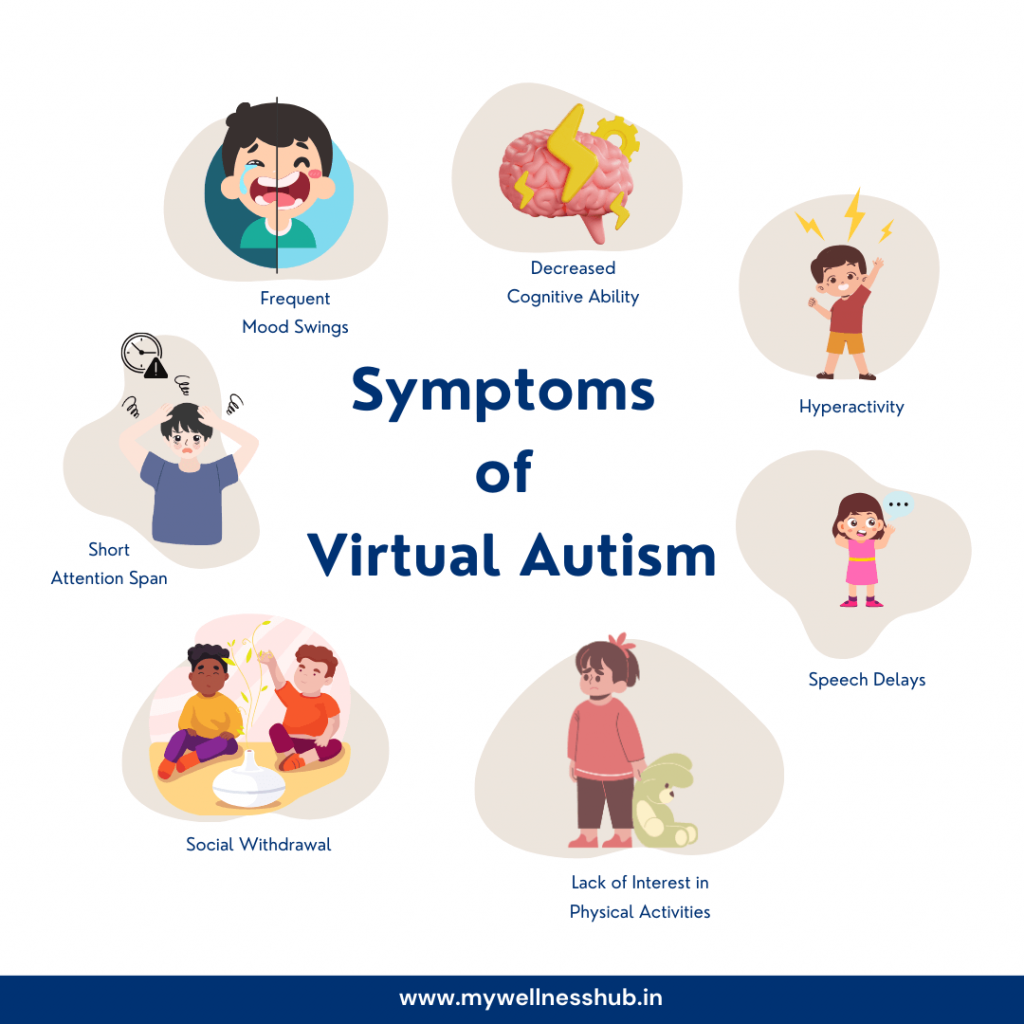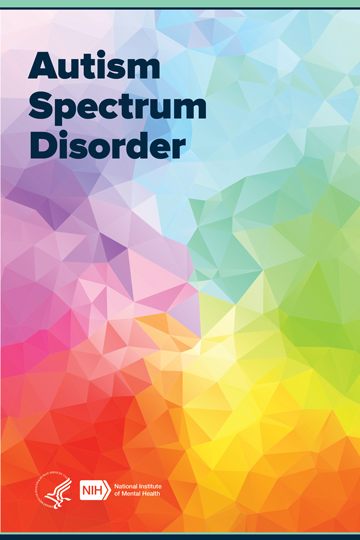Comprehending the Influence of Behavioral Autism on Day-to-day Live and Social Interactions
You could not realize exactly how deeply behavioral autism impacts day-to-day life and social communications. Individuals on the spectrum usually navigate a world filled up with communication hurdles and sensory overload. These obstacles can lead to frustration and isolation, influencing their relationships and overall wellness.
Specifying Behavioral Autism and Its Attributes
Behavior autism, frequently described as autism range disorder (ASD), includes a variety of conditions characterized by challenges in social communication, communication, and repetitive habits. You may discover that people with ASD usually battle to translate social signs, which can cause misconceptions in conversations. They may discover it hard to establish eye get in touch with or take part in little talk, making social circumstances really feel frustrating.
Interaction difficulties can materialize in different ways, from delayed speech advancement to a preference for using fewer words. By recognizing these attributes, you can cultivate an environment that promotes approval and encourages effective interaction, assisting people with autism flourish in their daily communications.
The Spectrum of Autism: Recognizing Irregularity in Habits
Autism range condition (ASD) isn't a one-size-fits-all diagnosis; it differs extensively among people. You might run into individuals who are highly verbal and engage conveniently in discussions, while others could choose solitary tasks or connect non-verbally.
Additionally, the way people with ASD respond to sensory input can vary greatly; some may be overwhelmed by intense lights or loud sounds, whereas others thrive in promoting settings. The range additionally consists of distinctions in social communications; some people may struggle to translate social cues, while others navigate social settings with loved one ease. Comprehending this variability is important, as it aids you appreciate everyone's one-of-a-kind experience and tailor assistance to their certain demands, promoting a more comprehensive setting for everybody.
Interaction Challenges Dealt With by Individuals With Autism
When you connect with people on the autism range, you may observe their distinct interaction obstacles. They usually encounter troubles with both nonverbal and verbal signs, which can affect their social interactions. Comprehending these barriers is crucial for cultivating far better links and support.

Verbal Communication Difficulties
Many people on the autism range experience verbal communication difficulties that can significantly affect their day-to-day communications. You could locate it challenging to express your thoughts, feelings, or requires plainly. This can lead to disappointment for both you and those around you, as misconceptions occur. You may have problem with launching discussions, preserving a topic, or comprehending nuances in speech. Frequently, you might prefer making use of simple language or repetitive phrases, which can restrict your capability to take part in much deeper discussions. Your tone, quantity, or pace could not align with social expectations, creating others to misinterpret your intentions. Acknowledging these challenges can aid you and your assistance network establish approaches to improve communication and cultivate better links with others in your day-to-day life.
Nonverbal Communication Barriers
Spoken interaction isn't the only obstacle people on the autism range face; nonverbal interaction barriers can be equally as substantial. You may discover it tough to analyze body movement, faces, and eye contact, which are essential for efficient communication. These difficulties can bring about misunderstandings or misconceptions of social signs, making interactions feel overwhelming or complicated. You may struggle to reveal your own feelings through nonverbal ways, leaving others uncertain of your feelings or purposes. This separate can develop feelings of isolation and stress. Identifying these barriers is crucial for cultivating understanding and empathy in your communications. By resolving nonverbal communication, you can discover techniques to improve your social experiences and boost your overall lifestyle.
Social Interaction Influences
Social interactions can frequently feel frustrating because of the special interaction obstacles faced by individuals with autism. You could have problem with translating social cues, making it difficult to comprehend mockery or body language. This my website can lead to misconceptions or uncomfortable moments in discussions. In addition, initiating and preserving conversations might really feel challenging, causing anxiousness in social situations. You might favor structured settings, making spontaneous communications unpleasant. It's also common to experience trouble in engaging in little talk, which can impede developing brand-new relationships. Identifying these challenges can help you find methods to enhance communication, such as practicing social skills in risk-free setups or making use of visual help - Aba Therapist. Understanding your requirements allows you to browse social interactions with greater confidence and ease.
Social Interaction and Relationship Structure in Autism
While building relationships can be testing for people with autism, recognizing their special perspectives and communication designs can foster meaningful links. You might notice that many people on the range choose straight communication and may battle with social cues or tiny talk. By being straightforward in your interactions, you can assist create an atmosphere where they really feel comfortable.
Involving in shared rate of interests can additionally serve as a bridge to deeper links. Whether it's a leisure activity, a preferred program, or a mutual passion, these typical strings can open doors to relationship.
Day-to-day Live Routine: Browsing Strategies and difficulties
Navigating everyday life regimens can be particularly testing for individuals with autism, particularly when unanticipated modifications happen. You might find convenience in having an organized timetable, as it assists you expect what's following. When disturbances happen, it's typical to really feel overwhelmed or distressed. To browse these challenges, consider applying aesthetic timetables or checklists. These devices can provide quality and peace of mind.
Establishing a regimen that consists of sensory breaks can additionally be useful. You can intend brief breaks throughout your day to recharge. important link It's vital to connect with those around you, letting them know your choices and requirements. This helps develop an understanding environment.
Last but not least, technique mindfulness methods to take care of anxiety and anxiousness. Simple breathing workouts or basing strategies can make a significant distinction. By incorporating these methods, you can improve your everyday regimen and decrease interruptions, making life really feel more convenient.
Strengths and Capabilities of People on the Autism Spectrum
Understanding everyday life regimens is simply one facet of the autism experience. Several individuals on the autism spectrum possess exceptional toughness and abilities that set them apart.
In addition, your memory skills commonly beam, especially in locations of rate of interest. Aba Therapist Near Me. This knack for maintaining information can make you a valuable source in areas like modern technology, art, or science. You may likewise display strong visual thinking, allowing you to envision complicated ideas and resolve problems creatively
Additionally, your unique perspective on the globe can promote compassion and understanding in others, improving social interactions. Welcoming these toughness not just increases your confidence yet likewise assists others value the varied talents you bring to the table.
Creating Comprehensive Atmospheres for Individuals With Autism
Developing inclusive settings for people with autism starts with designing sensory-friendly areas that satisfy their distinct demands. You find here can also promote opportunities for social interaction, helping to construct friendships and links. By making these changes, you'll contribute to an extra welcoming atmosphere for everybody.
Designing Sensory-Friendly Spaces
While developing sensory-friendly areas, it's essential to reflect on the special demands of individuals with autism. Include peaceful zones where people can charge and retreat when overwhelmed. Include aesthetic schedules or clear signs to aid people navigate the area with confidence.
Promoting Social Communication Opportunities
Designing sensory-friendly rooms not only addresses private convenience however likewise establishes the phase for significant social interactions amongst individuals with autism. Motivate peer mentoring, pairing individuals with autism with supportive peers that can direct them through social scenarios. By applying these methods, you can improve social chances, assisting people with autism build friendships and strengthen their social skills in a secure, inviting atmosphere.

Regularly Asked Questions
Just How Can Buddies Assistance Someone With Behavioral Autism?
You can support a pal with behavior autism by holding your horses, listening proactively, and appreciating their borders. Participate in activities they enjoy, interact freely, and develop a comfortable setting where they really feel valued and understood.
What Resources Are Available for Parents of Children With Autism?
You can check out various resources for moms and dads of youngsters with autism, including support teams, academic sites, and local social work. Attaching with various other parents can also give valuable understandings and shared experiences to assist navigate difficulties.
Can Behavioral Autism Modification Gradually?

Yes, behavioral autism can alter in time. You could observe shifts in interaction, social skills, and actions as your kid expands. Early intervention and support typically play crucial roles in these developmental adjustments.
How Do Sensory Level Of Sensitivities Affect Day-to-day Live?
Sensory sensitivities can make daily experiences frustrating. You might fight with loud noises or brilliant lights, resulting in anxiety or evasion. Finding atmospheres that suit your demands can significantly enhance your comfort and overall every day life.
What Are Typical Misconceptions Concerning Behavioral Autism?
You might believe behavioral autism only affects interaction abilities, yet it's even more complicated. Numerous think individuals do not have compassion or knowledge, which isn't true. Comprehending these mistaken beliefs helps foster approval and assistance for those on the spectrum.
Behavioral autism, usually referred to as autism range disorder (ASD), incorporates a range of problems defined by obstacles in social interaction, interaction, and recurring habits.Social communications can commonly really feel frustrating due to the one-of-a-kind communication challenges faced by individuals with autism.Designing sensory-friendly areas not just addresses specific comfort yet additionally establishes the stage for purposeful social communications amongst individuals with autism. Urge peer mentoring, combining people with autism with encouraging peers who can assist them with social circumstances. By carrying out these approaches, you can enhance social possibilities, assisting people with autism construct relationships and reinforce their social abilities in a secure, inviting environment.